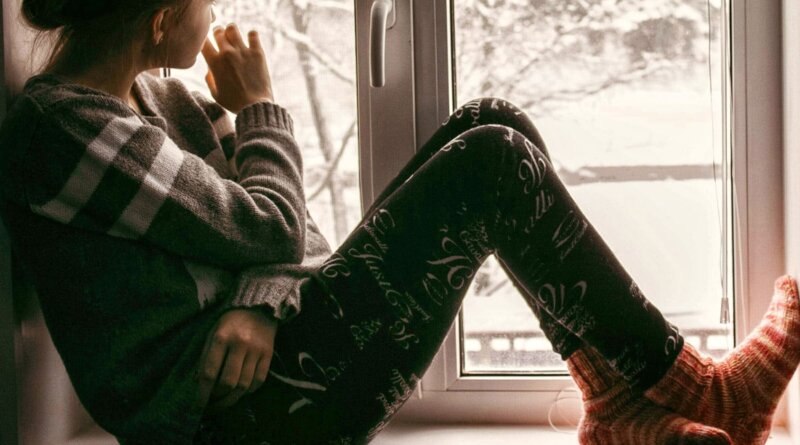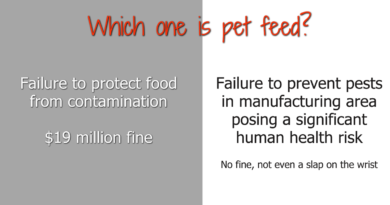Get Hives and Wheeze When It’s Cold? It May Be Cold Urticaria
Nov. 14, 2022 — Yvette Braunstein, a social worker at a New York City hospital, develops hives when she is exposed to the cold, whether it’s cold weather outdoors or cold objects, like ice water. Braunstein has a condition called “cold urticaria.”
Cold urticaria is a type of skin rash in a category called chronic inducible urticarias, or physical urticarias, says Edwin Kim, MD, assistant professor of medicine at the University of North Carolina, and is director of the UNC Allergy and Immunology Clinic.
“With cold urticaria, patients develop red, raised, itchy bumps — hives — after exposure to cold,” he says. This can happen when the person encounters cold water or cold air, such as being outdoors in the wintertime or standing in front of an air conditioner.
“The bumps typically look like mosquito bites, but can occasionally blend together to form much larger areas of rash. The most obvious symptoms will be significant itching,” Kim said.
In addition to the hives, Braunstein has difficulty breathing in cold weather. She develops shortness of breath, tightness in her chest, coughing, wheezing, and even occasional dizziness. “I also can’t eat or drink very cold or frozen food like ice water or ice cream, and I also can’t touch cold things, like an ice cube,” she says.
Types of Cold Urticaria
There are two types of cold urticaria: in acquired (also called essential) urticaria, symptoms begin to show up about 2 to 5 minutes after exposure to the cold trigger. Typically, they last 1 to 2 hours before resolving.
In hereditary (or familial) cold urticaria, symptoms take longer to appear — usually between 24 to 28 hours after exposure to a trigger. They also last longer, typically about 24 hours, but they may continue for as long as 48 hours.
Kim explains that it appears that some environmental or external trigger causes allergic immune cells in the patient’s skin (called mast cells) to release histamine. Histamines are chemicals manufactured by the immune system that help the body get rid of irritants (allergens), and in doing so, they cause the allergic symptoms, such as hives, wheezing, or itching. “In the case of cold urticaria, it’s the cold temperature that does this, although we still don’t know how or why that happens.”
Braunstein has acquired urticaria. “I first noticed it during the summer before my senior year of high school, when I was 17 year old,” she says. “I broke out into huge welts whenever I was near an air conditioning vent in a house or a car. I was a counselor in day camp, and any time I came out of the pool I was covered in hives.”
Braunstein didn’t connected those events until the end of the summer, when her parents took her to an allergist, and she mentioned both triggers to him. “He performed an ‘ice cube test’ which literally meant putting an ice cube on my arm or leg for a certain amount of time to see if there was reaction, and I had a reaction exactly where the ice was.”
There is no blood test to detect cold urticaria. Sarbjit Saini, MD, program director and professor of medicine at Johns Hopkins University School of Medicine in Baltimore, says diagnosing cold urticaria involves taking a thorough history, a physical exam, and doing a cold provocation test, such as the ice cube test, to check for a skin reaction in the area of contact.
Self-Care Measures
The first way to tackle cold urticaria is to try to avoid the cold as much as possible. “Cover up in the cold weather,” Saini says. “Wear gloves, hats, scarves, and avoid cold-water swimming. Avoid drinking cold liquids as well.”
Kim agrees, adding that these will help but are “not perfect and unfortunately, in many cases, not always feasible.”
Braunstein “layers up” with warm clothing in the wintertime, including a warm coat with a furry hood, and special thermal underwear, and she tries to keep her neck covered. She also tries to avoid being outdoors as much as she can. And she can no longer go swimming, even in warm weather. “I try not to get wet because being wet cools down the body,” she says. Talking while breathing in cold air makes the symptoms worse, so Braunstein avoids doing so as much as possible.
Some research suggests that acupuncture can be helpful with other types of urticaria and might have potential benefits for cold urticaria as well.
Medications for Cold Urticaria
According to Kim and Saini, antihistamines are the mainstay of medication treatment for cold urticaria. These include cetirizine (Zyrtec), fexofenadine (Allegra), loratadine (Claritin) and levocetirizine (Xyzal).
Braunstein takes fexofenadine in the morning and afternoon and at night she takes cetirizine. In addition, she’s treated with montelukast (Singulair), a drug often used for asthma.
Another medication sometimes used to treat cold urticaria is omalizumab (Xolair), which is often prescribed for wheezing or shortness of breath in people with asthma.
When to Get Help
In people with cold urticaria, exposure to cold can occasionally (although rarely) lead to anaphylaxis, a severe life-threatening condition that can include coughing, wheezing, pain, itching, or tightness in the chest; fainting, dizziness, confusion, or weakness, rapid heartbeat, swollen or itchy throat or tongue, paleness, and a weak pulse. Saini and Kim urge people who experience symptoms of anaphylaxis to go to the emergency room for immediate medical attention.
Anaphylaxis is treated with an epinephrine auto-injector (EpiPen) that people carry with them. Braunstein has an EpiPen but fortunately has not needed to use it.
Cold urticaria is a challenging condition to live with but avoiding the cold as much as possible and taking medications as prescribed can make it considerably more manageable.




